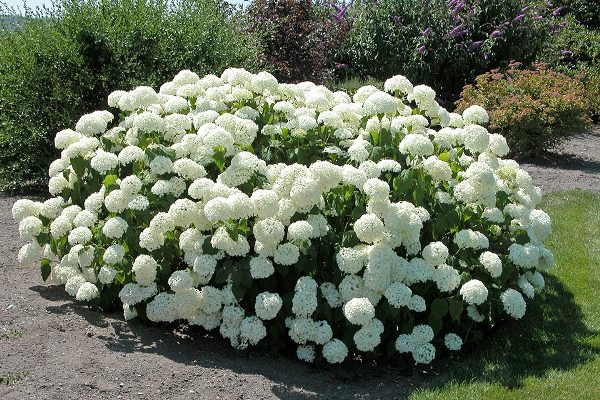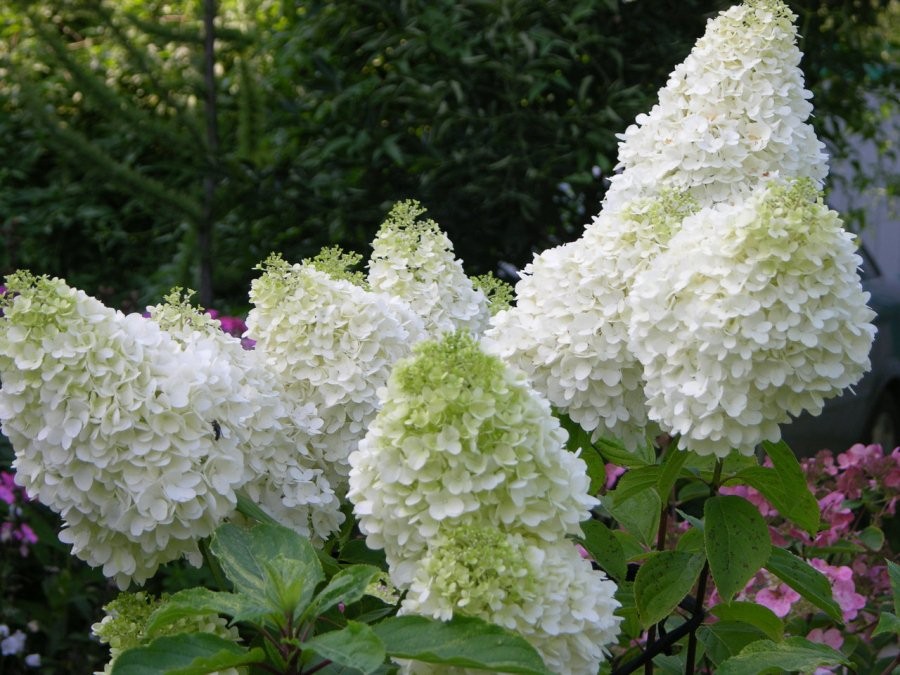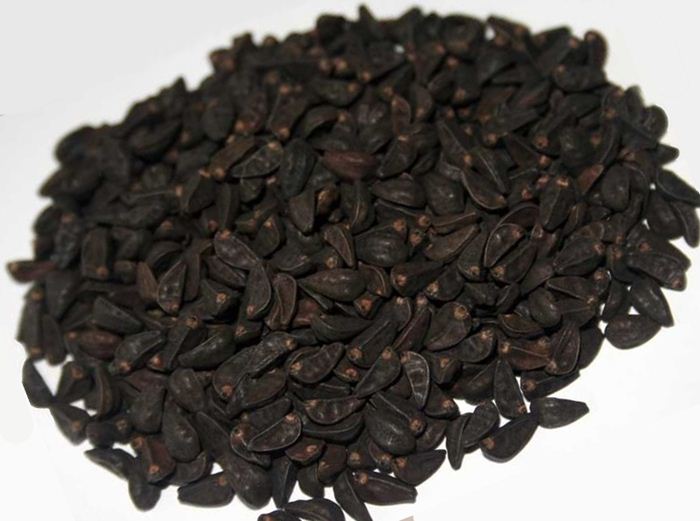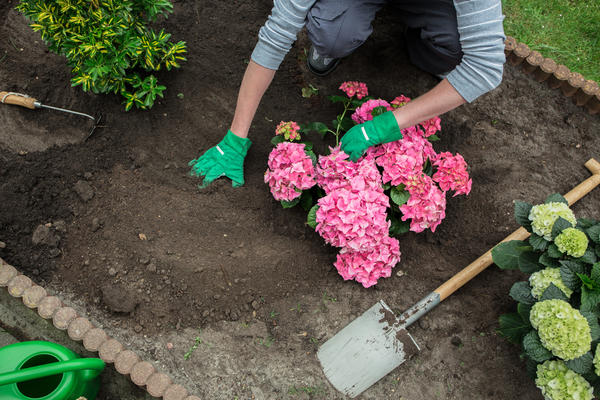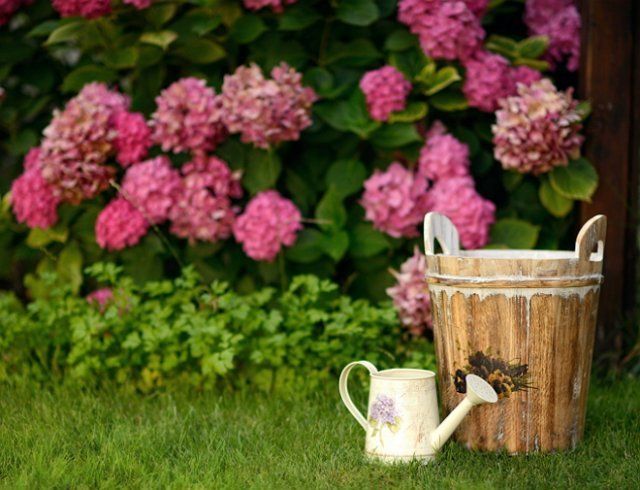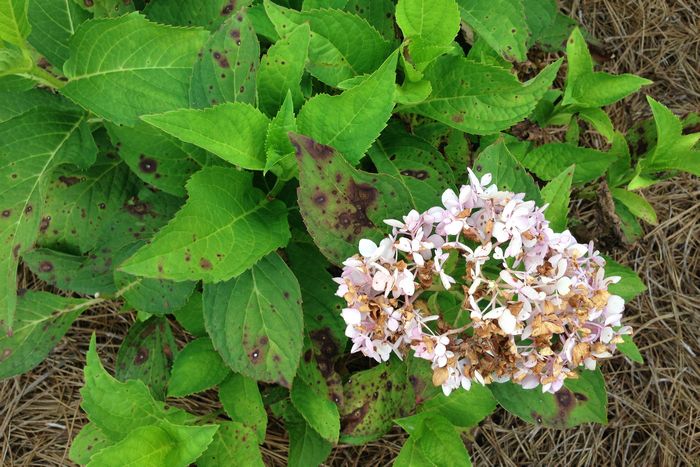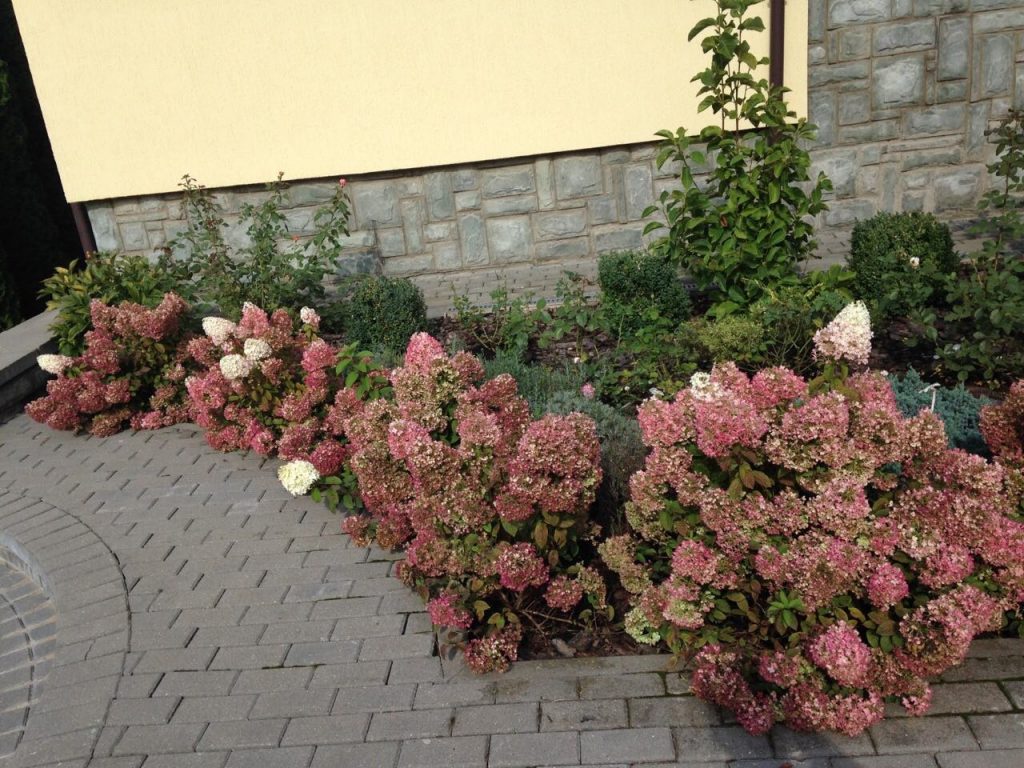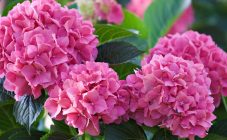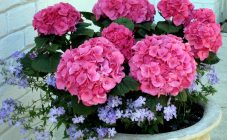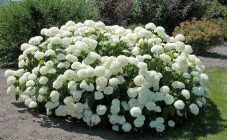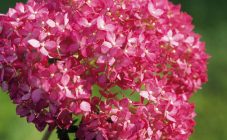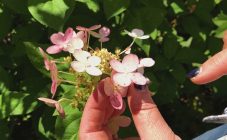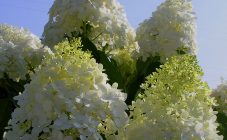Content:
Bobo's hydrangea can often be found in the garden of domestic summer residents. This type of hydrangea is very decorative and easy to care for. When Bobo's hydrangea is in bloom, the garden or park is completely transformed. The flower is very popular both among amateur summer residents and professional landscape designers.
A quick reference about culture
Bobo is a dwarf, that is, a very small variety of hydrangea. The plant has large inflorescences in the form of panicles, resembling phlox. In color, they can be snow-white or white with a yellowish tint.
Bobo hydrangea grows and develops rapidly, is undemanding to soil fertility and adapts well to any climate.
The plant is often planted in gardens and parks for decorative purposes. Also, the Bobo hydrangea is often found in the front gardens of private houses.
Description of the variety
This is, without exaggeration, the youngest hydrangea variety, officially recognized as a separate flower variety in 2011. It was bred by Belgian breeders. Bobo's hydrangea spread rapidly in Western and Eastern Europe (including Russia). It gained particular popularity in the northern regions, for its unpretentiousness and good winter hardiness.
In appearance, this species can be immediately distinguished from others due to its small size. The small size of an adult bush is a characteristic characteristic only of dwarf hydrangea varieties.
Below is a brief description of the variety:
- the height of an adult bush does not exceed 70 cm;
- diameter of an adult bush is not more than 50 cm;
- shrub shape - spherical, with dense foliage;
- leaf color - intense dark green color;
- inflorescence color - snow-white, white with a yellowish tint, white with a pink tint.
In addition to good winter hardiness, Bobo hydrangea is resistant to sudden changes in temperature. This plant, like phlox, blooms in August - September. The flowering period begins in June, but at this time the amicable blooming of flowers is still absent; individual inflorescences are just beginning to appear.
Planting hydrangeas
You can plant both seeds and seedlings. Most often, gardeners use the first method. The main thing is to plant high-quality seeds with good germination. The seeds can be purchased from the market or nursery. On the package, along with a brief description of the variety, the expiration date must be indicated.
Below is a quick landing guide:
- the purchased seed is placed in special containers with peat and sand;
- a vessel covered with a film is placed in a warm place;
- as the seedlings grow, a pick is carried out twice;
- when the seedlings are 2 - 3 years old, they are planted in a previously prepared area;
- the seedling is placed in a hole 40 cm deep;
- the pit is filled with nutrient mixture.
You need to choose a fine, calm, preferably sunny, but not hot day for planting.If the day is rainy, the roots of a young plant can rot, this threatens the death of the plant or subsequent fungal infection (gray rot, powdery mildew). If it is windy on the day of planting, the seedlings can easily break from the wind. In the event that the weather is capricious and unpredictable, you can first plant seedlings in a greenhouse, and later transplant them into open ground. This will help the plant adapt.
Hydrangea care
Hydrangea, Bobo variety is a flower that even a novice florist can successfully grow. The list of basic care measures for Bobo hydrangea includes:
- watering;
- top dressing;
- mulching;
- pruning.
The plant loves moisture, and in the summer it is watered at least 2 times a week. If the ground dries up, the hydrangea root system can die, so you must carefully monitor the maintenance of optimal moisture levels. Do not use hard water for irrigation.
Growing Bobo hydrangea is impossible without timely and repeated feeding. For feeding, you should use mineral fertilizers rich in potassium and phosphorus.
- Spring feeding is carried out in March, its goal is to get beautiful and healthy leaves.
- Summer dressing is aimed at intensive flowering, for this purpose you can use the fertilizer "Agricola".
- In the fall, to successfully prepare for winter, you should feed the hydrangea with superphosphate.
Spring pruning is carried out before bud break, its purpose is to remove shoots that have died from frost and damaged over the winter. Each of the annual shoots should have no more than 5 buds.
In autumn, you need to cut off all branches damaged by diseases or pests, and dried panicles of flowers are also cut off. If not pruned in the fall, hydrangea can break under heavy snow during winter. In landscape design, only properly cut hydrangea bushes are used.
Peat or sawdust is usually used to mulch the trunk circle. Hydrangea Bobo loves moisture, and peat and sawdust help to retain it in the soil.
If a Bobo hydrangea grows on the site, planting and care in the open field should be carried out according to the same rules that are suitable for other dwarf hydrangea varieties.
Diseases and pests
Hydrangea Bobo has good immunity to diseases and pests. However, with improper care or in the wrong climate, serious problems can arise. The plant becomes especially vulnerable during the period of intense flowering. The main thing is to understand why the plant got sick, and timely eliminate the cause of the disease. Below are the main diseases and pests, as well as methods of dealing with them:
- Chlorosis - the foliage turns yellow, the branches become brittle. To combat chlorosis, the plant is treated with a solution of ferrous sulfate.
- Gray rot - a gray oozing plaque appears on the leaves that cannot be removed. To combat this fungal infection, you should reduce watering, and also treat the flower with Bordeaux liquid.
- Spider mite - the leaves become marbled and then dry out. To remove the tick, you need to spray with thiophos.
- Leaf aphid - rapidly destroys plant leaves. To combat aphids, the leaves are sprayed with anabisine sulfate solution.
With high humidity and rainy summers, the plant is also often affected by powdery mildew. The main symptom of this disease is white bloom on leaves and stems. Powdery mildew control methods are the same as for gray mold. Hydrangea paniculata Bobo does not like high humidity and often gets sick with fungus in such conditions.
Use in landscape design
Bobo hydrangea is actively used to decorate gardens and flower beds in city parks. Due to the small size of the bush, the plant is compact and does not take up much space.
The plant goes well with phloxes of bright pink or lilac colors. You can also plant the Bobo hydrangea separately. The most impressive look is a group of bushes planted close to each other (subject to friendly flowering). Due to its unpretentious care, this flower is very popular in the design of parks and squares.
A group of bushes looks good, forming paniculate inflorescences of different shades. The space filled with exclusively snow-white panicles also looks impressive. Since this variety is dwarf, you should not combine it with plants that are clearly larger in size, otherwise a taller plant will distract all attention.
The flowerbed looks original, in which paniculate varieties of hydrangeas are planted next to varieties that form spherical inflorescences. The panicles and balls must alternate in a specific order, otherwise the flower arrangement will look unfinished. So that the flower bed does not lose its decorative effect, it is necessary to regularly remove deformed and dried inflorescences from flowers. Then the Bobo panicle hydrangea will always look elegant and attract attention.
If you properly care for the hydrangea, it will certainly delight the summer resident with beautiful bright flowers and will adequately decorate any site.
